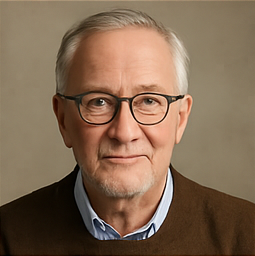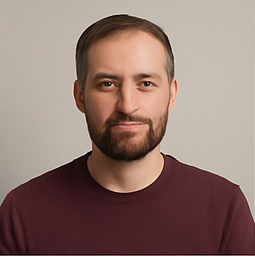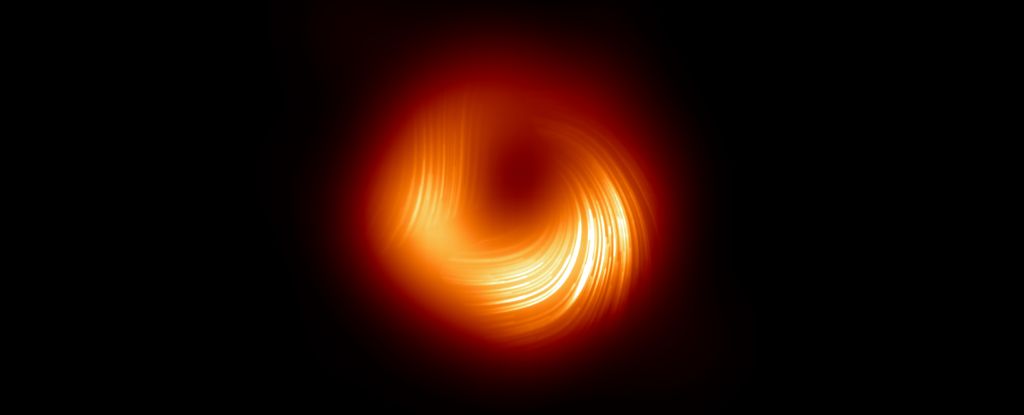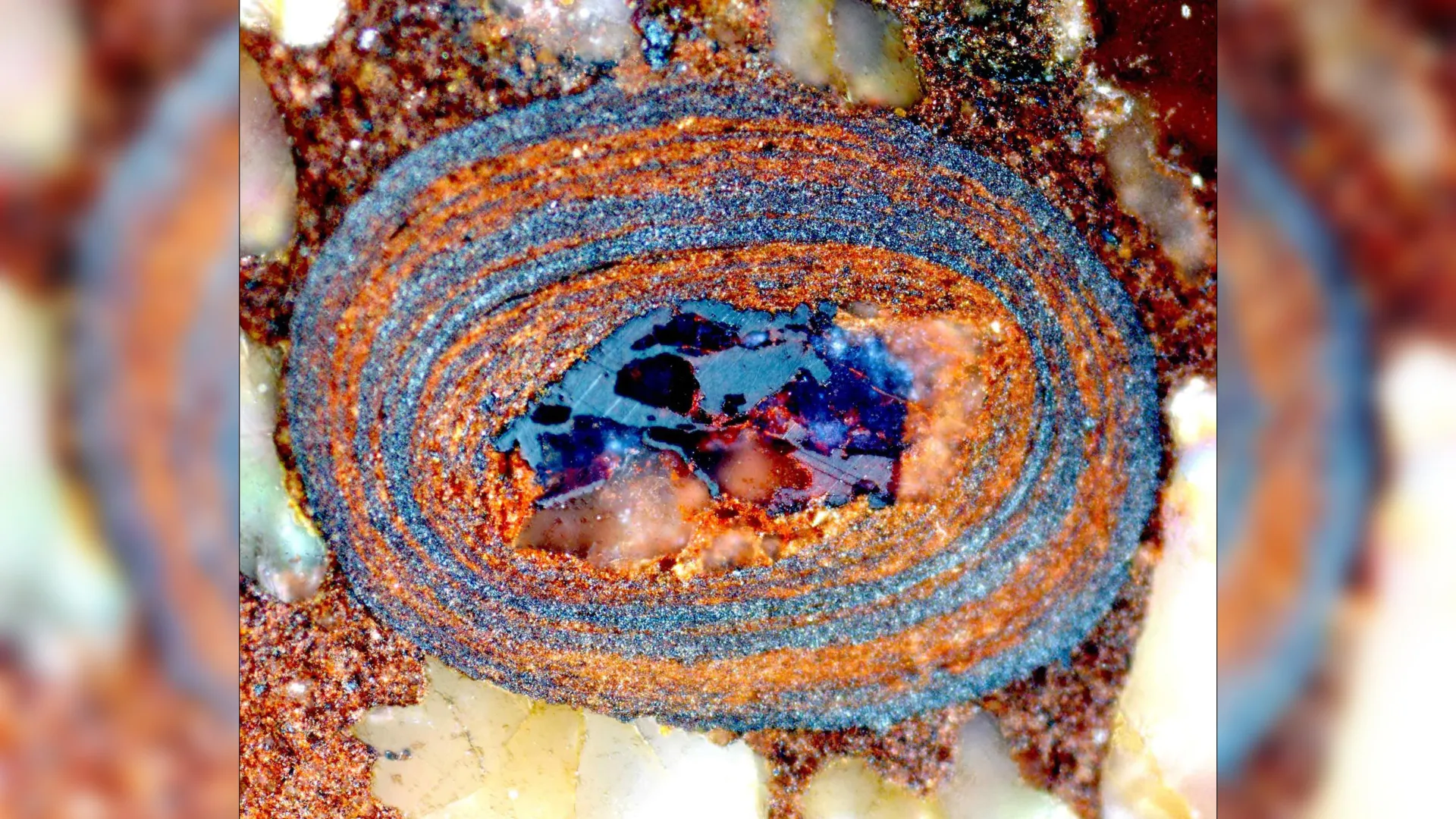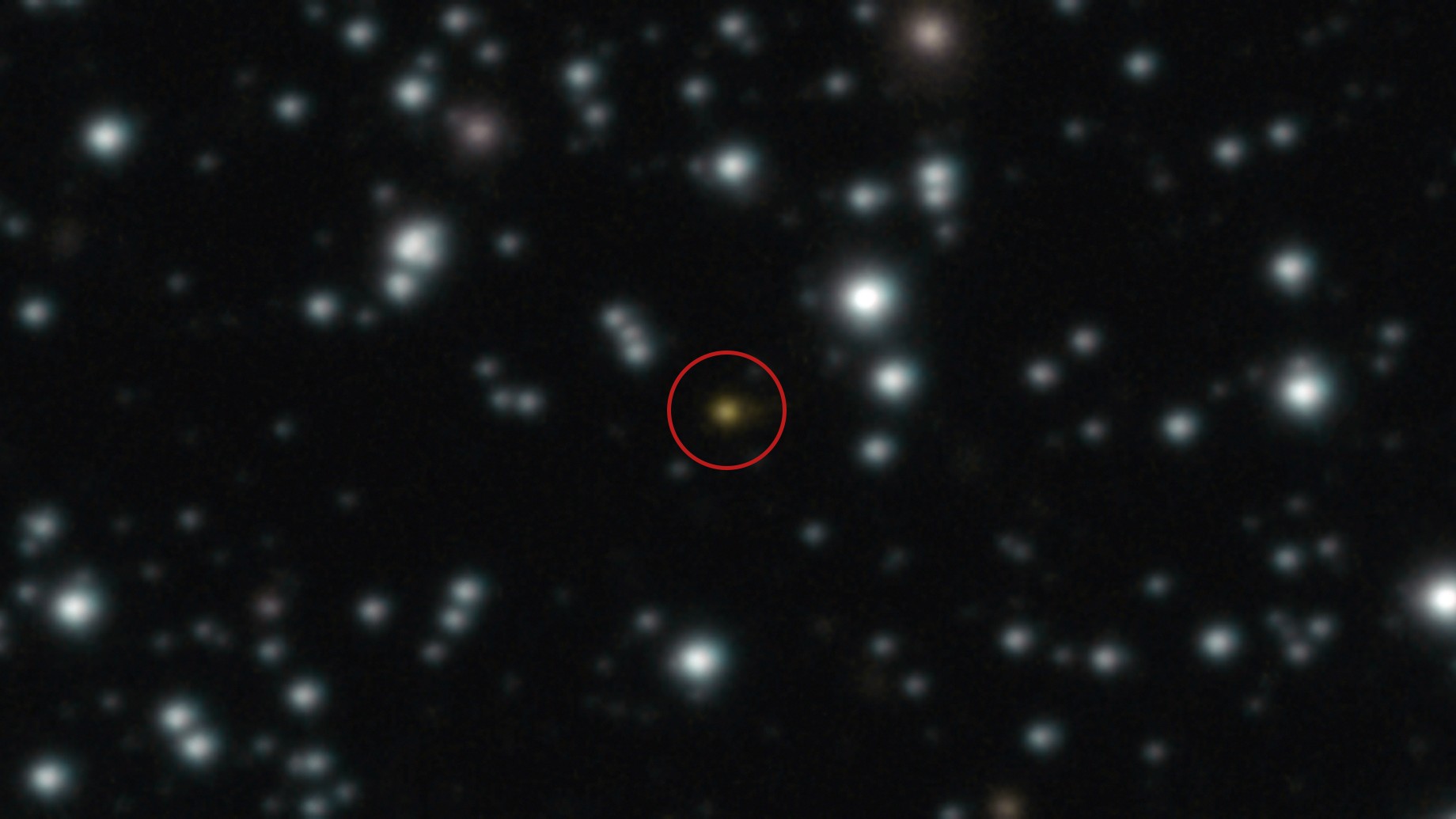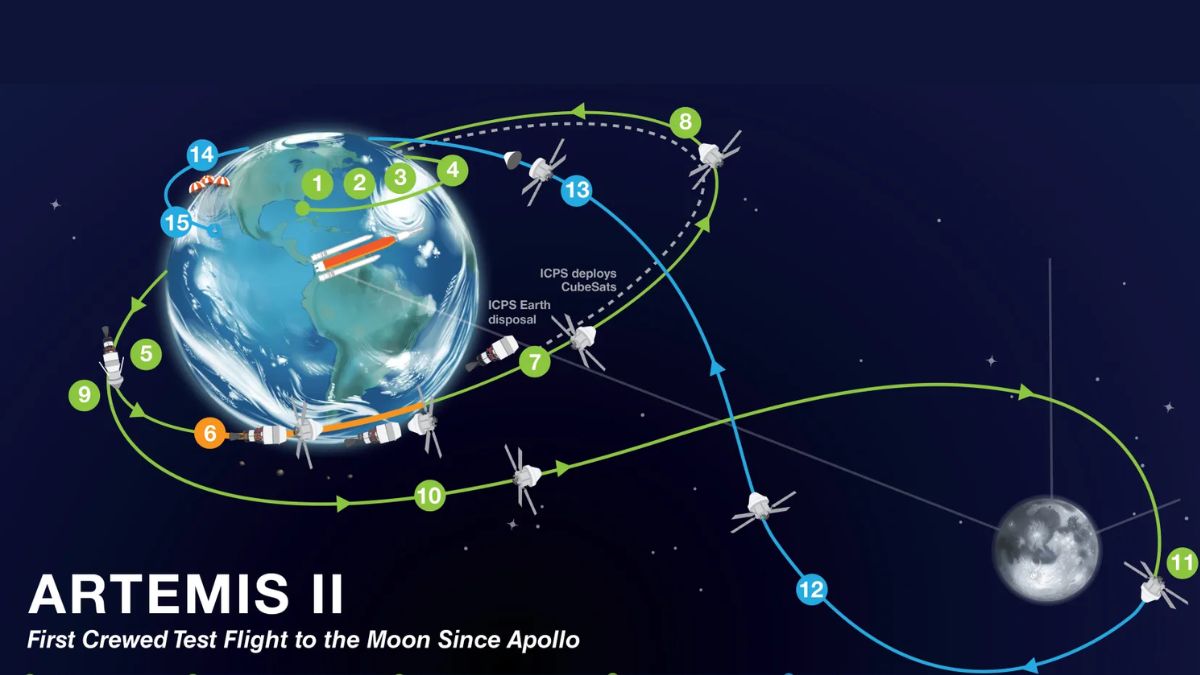Is This the Future of Cancer Treatment? Groundbreaking Quantum Technology Unveiled!
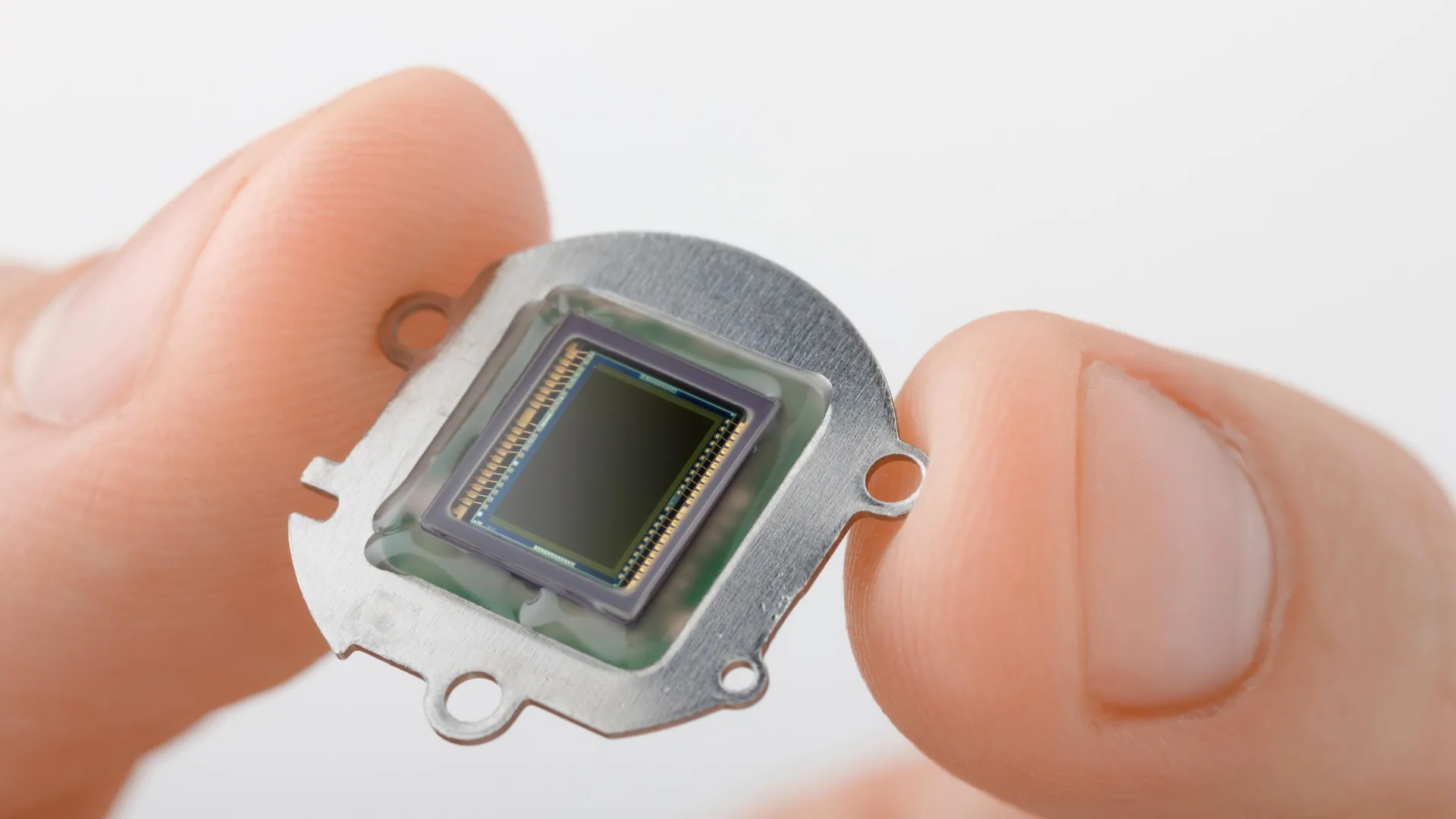
What if a tiny chip could hold the power to revolutionize medicine and physics as we know it? That’s not just a dream anymore! A University of Colorado Denver engineer is on the brink of transforming wild sci-fi concepts into tangible reality.
Imagine this: a gamma ray laser that can obliterate cancer cells while leaving healthy tissue unharmed. Or how about a device that might unlock the secrets of Stephen Hawking’s multiverse theory, revealing the very fabric of our universe? Assistant Professor of Electrical Engineering, Aakash Sahai, PhD, has made a quantum breakthrough that’s sending shockwaves through the scientific community with its potential to redefine our understanding of physics, chemistry, and medicine. His work was recently highlighted on the cover of Advanced Quantum Technologies, one of the most prestigious journals in the realm of quantum science.
“It is very exciting because this technology will open up whole new fields of study and have a direct impact on the world,” Sahai explained. “In the past, we’ve had technological breakthroughs that propelled us forward, such as the sub-atomic structure leading to lasers, computer chips, and LEDs. This innovation is on the same wavelength.”
How It Works
Sahai has stumbled upon a method to create unprecedented extreme electromagnetic fields in laboratory settings. These fields are generated when electrons in materials vibrate and oscillate at astonishing speeds, powering everything from computer chips to super particle colliders that hunt for dark matter. Previously, generating such powerful fields required enormous and costly facilities like the Large Hadron Collider at CERN, which spans a staggering 16.7 miles. Running experiments at that scale is not only resource-intensive but also risky.
However, Sahai has developed a silicon-based, chip-like material capable of enduring high-energy particle beams, efficiently managing energy flow and granting scientists access to the electromagnetic fields created by quantum electron gas vibrations—all within a device the size of your thumb! This breakthrough allows scientists to observe phenomena previously thought impossible, shrinking those immense colliders into something compact and manageable.
“Manipulating such high energy flow while preserving the underlying structure of the material is the breakthrough,” stated Kalyan Tirumalasetty, a graduate student in Sahai’s lab. “This technology can make a real change in the world. It’s about understanding how nature works and using that knowledge for a positive impact.”
The technology was designed at CU Denver and tested at SLAC National Accelerator Laboratory, a top-tier facility operated by Stanford University and funded by the U.S. Department of Energy. CU Denver has already secured provisional patents for this innovative technology in both the U.S. and internationally.
Applications of This Technology
While practical applications might take time to materialize, the potential to unlock deeper understanding of the universe—and subsequently improve lives—fuels the motivation for Sahai and Tirumalasetty as they dedicate countless hours in the lab and at SLAC.
Sahai said, “Gamma ray lasers could become a reality. We could image tissue down to the nucleus of cells and even the atoms underneath. This means scientists and medical professionals could operate at an incredibly microscopic level, potentially revolutionizing treatment methods for diseases like cancer.”
The extreme plasmon technique could also be the key to testing a multitude of theories regarding our universe—everything from the concept of a multiverse to understanding the fundamental structure of reality. Tirumalasetty, who once dreamed of becoming a physicist, expressed his passion for exploring nature: “To understand how it works at its fundamental scale is crucial. Engineers provide scientists the tools to do more than just understand. That’s exhilarating!”
The duo plans to return to SLAC this summer to continue refining their silicon-chip material and laser technique. Developing groundbreaking technology is often a slow process, reminiscent of the painstaking work that began as early as 2018 when Sahai first revealed his research on antimatter accelerators. “It’s going to take a while, but it’s very probable this becomes reality within my lifetime,” Sahai asserted.
About the Researchers
Aakash Sahai holds a PhD in plasma physics from Duke University, alongside a master’s degree in electrical engineering from Stanford and another in physics from Indiana University, Bloomington. He’s part of CU Denver’s Electromagnetics, Plasmas, and Computation Group and has a wealth of experience, including research at Imperial College London and contributions to numerous peer-reviewed journals.
Kalyan Tirumalasetty is pursuing his doctoral degree in electrical engineering at CU Denver and has a solid background in electronics and communication engineering. He has been instrumental in developing this groundbreaking technology at SLAC.

